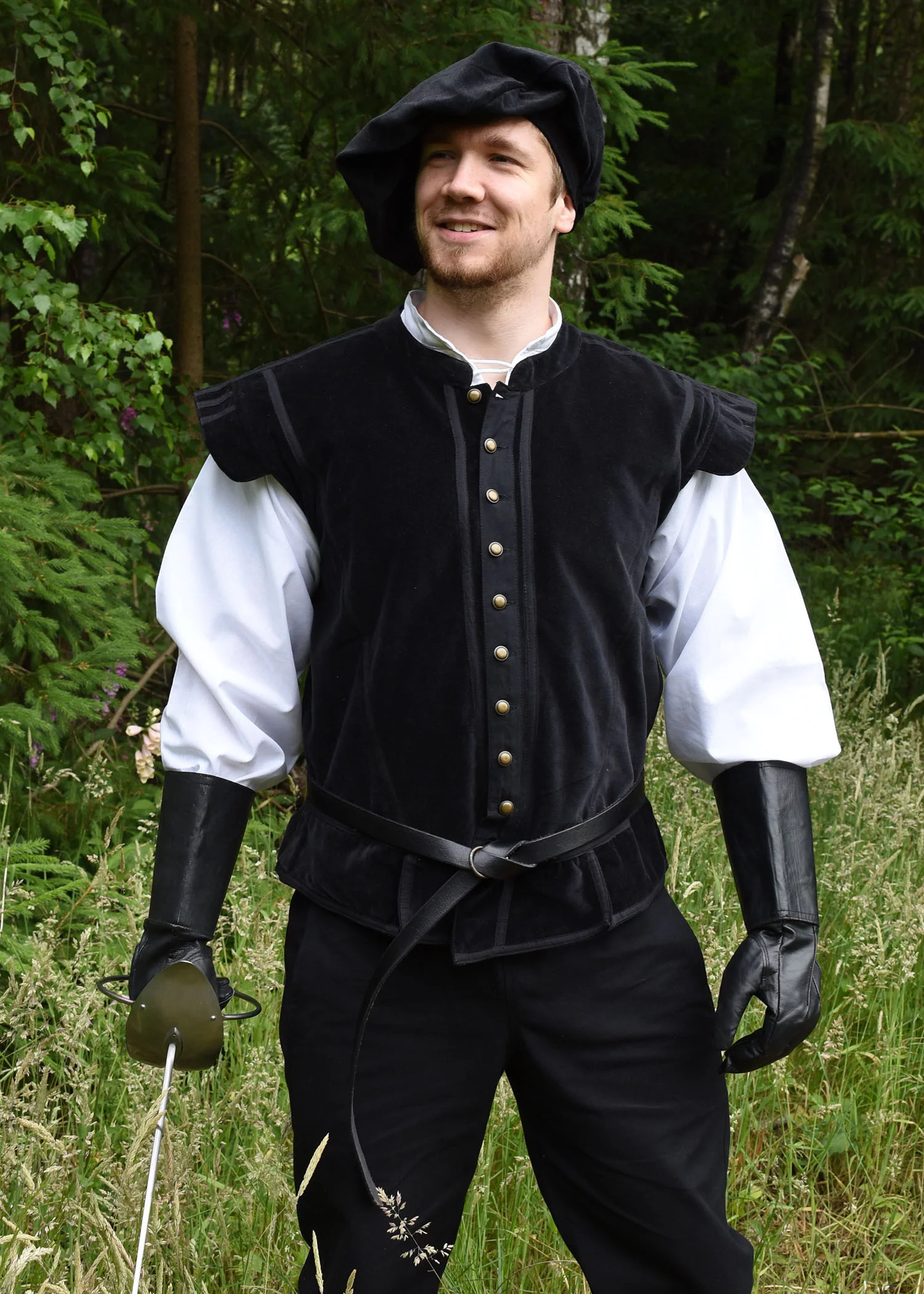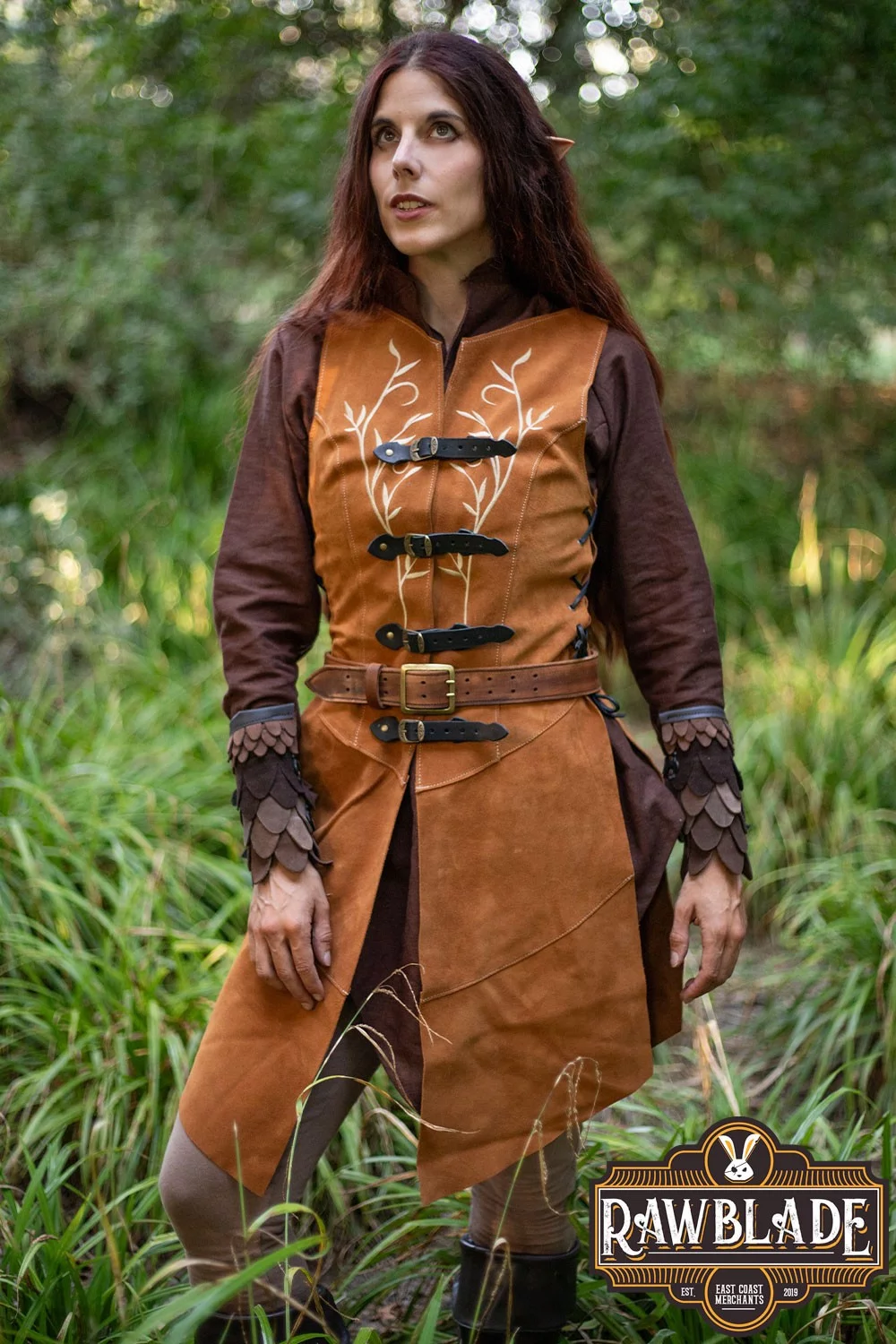What is a Jubón?
The jubón is an emblematic garment that played a significant role in European fashion, especially in Spain, during the 15th to 17th centuries. Below, we will explore in detail its features, history, and the different types of jubones that existed during that time.
Features of the Jubón
The jubón is characterized by its fitted and rigid design, making it a unique garment. Its main characteristics include:
- Design: This garment was tight-fitting and had a structured collar, known as a "collar." It was made from high-quality fabrics such as satin, velvet, and fabrics adorned with golden threads.
- Use: Although initially worn by both men and women, by the late 16th century its use became predominantly masculine in the courtly sphere. Women began to adopt it later, adapting the jubón to enhance their figure.
- Lining: To provide greater structure, the jubón was lined with multiple layers of fabric, giving it a corset-like appearance.

History of the Jubón
The jubón appeared in civil clothing during the 14th century, reaching its peak in the 16th century. It became an essential garment in the courts of Europe, and its creation was the responsibility of a specific guild known as juboneros. This garment was also fundamental to the male silhouette of the 15th century, adapting to various forms and styles according to the fashion of each era.

Types of Jubones
There are various types of jubones, each with specific characteristics:
- With Flaps: Fitted to the body, made with multiple fabrics over deer leather.
- Of Frame: Mesh jubón used for greater protection.
- Of Knuckles: Has a structure similar to a mesh or knots, giving it a peculiar appearance.
- Eyelet: Made of steel mesh over strong fabric, designed to protect the chest.
Differences Between Male and Female Jubones
Below are the main differences between male and female jubones:
- Male Jubones: Dating from the 14th century, they were essential in men's clothing, fitted and with a rigid collar.
- Female Jubones: Although their use became popular in the 16th century, they had particularities such as lengthening in the waist, adapting to enhance the female figure.

In conclusion, the jubón is a garment full of history and elegance that symbolizes the fashion of its time, characterized by its fit and the use of luxurious fabrics, adapting to gender trends over the years.
















